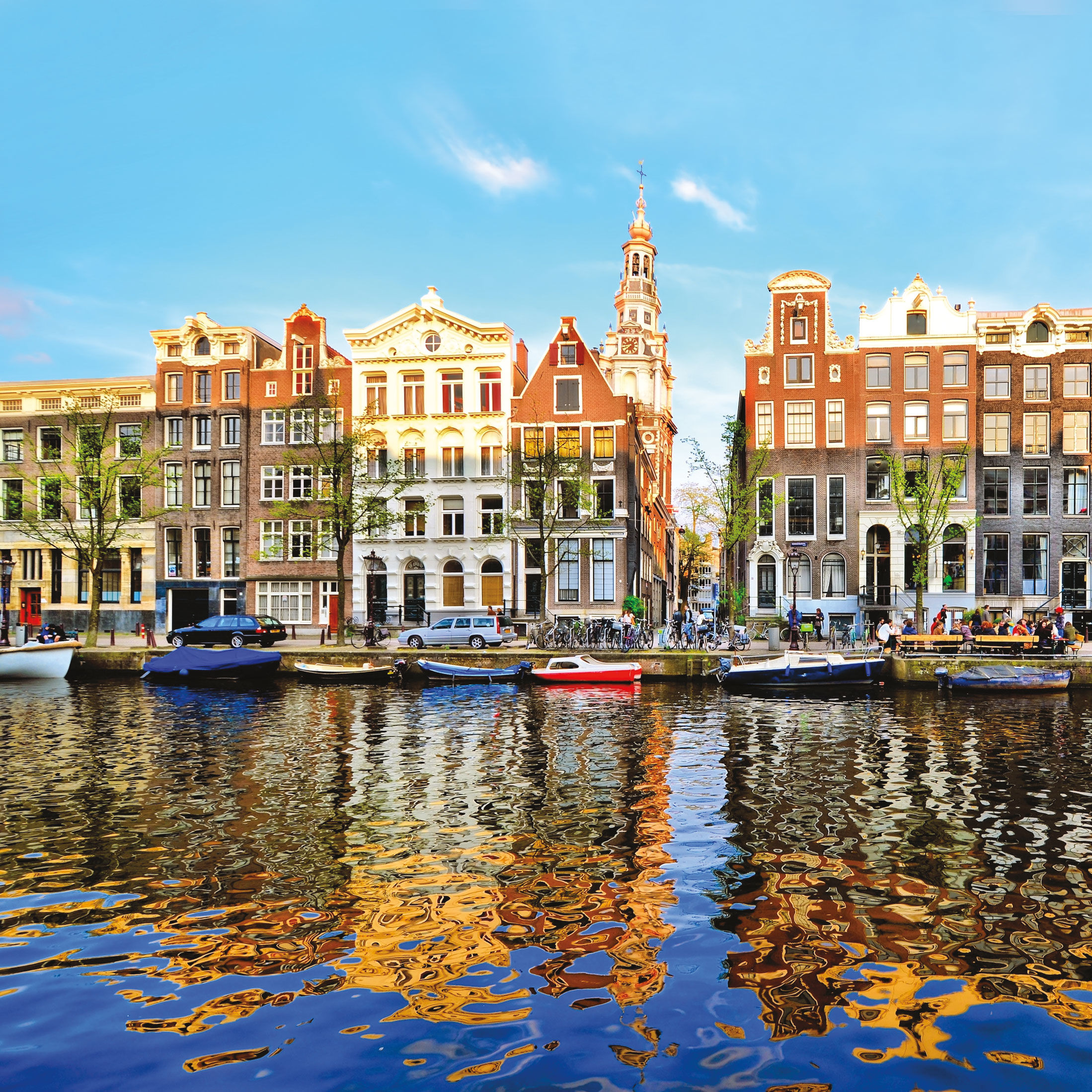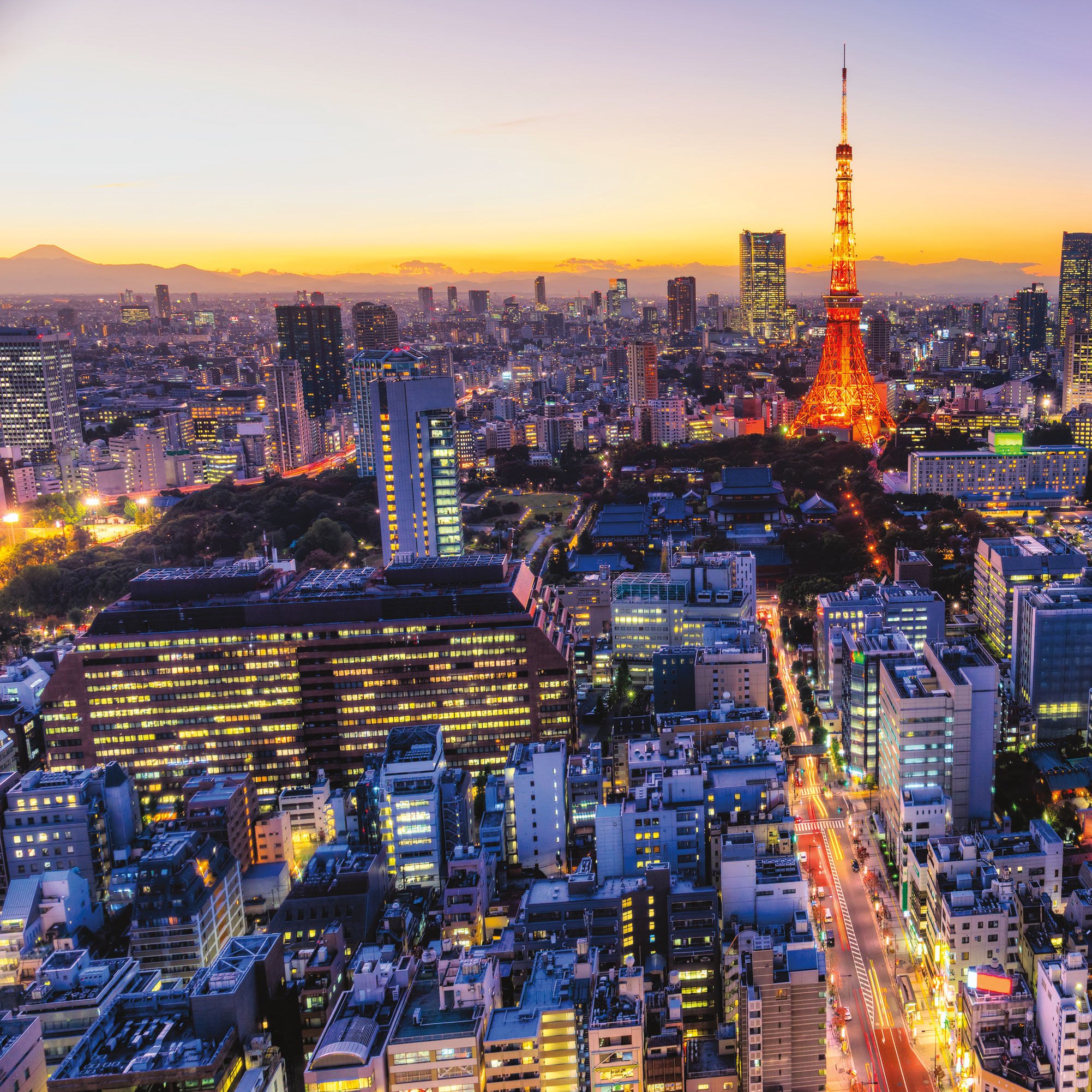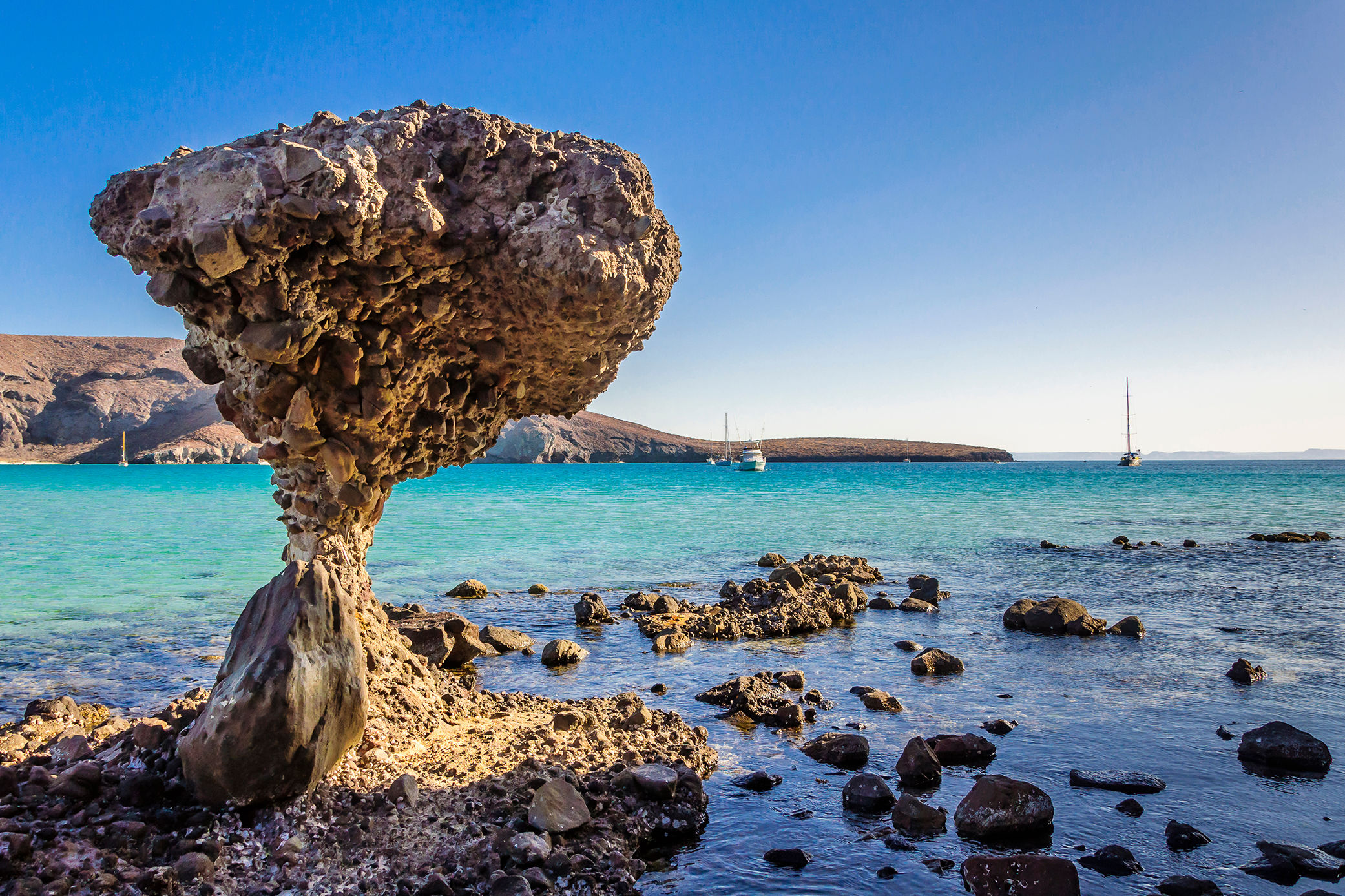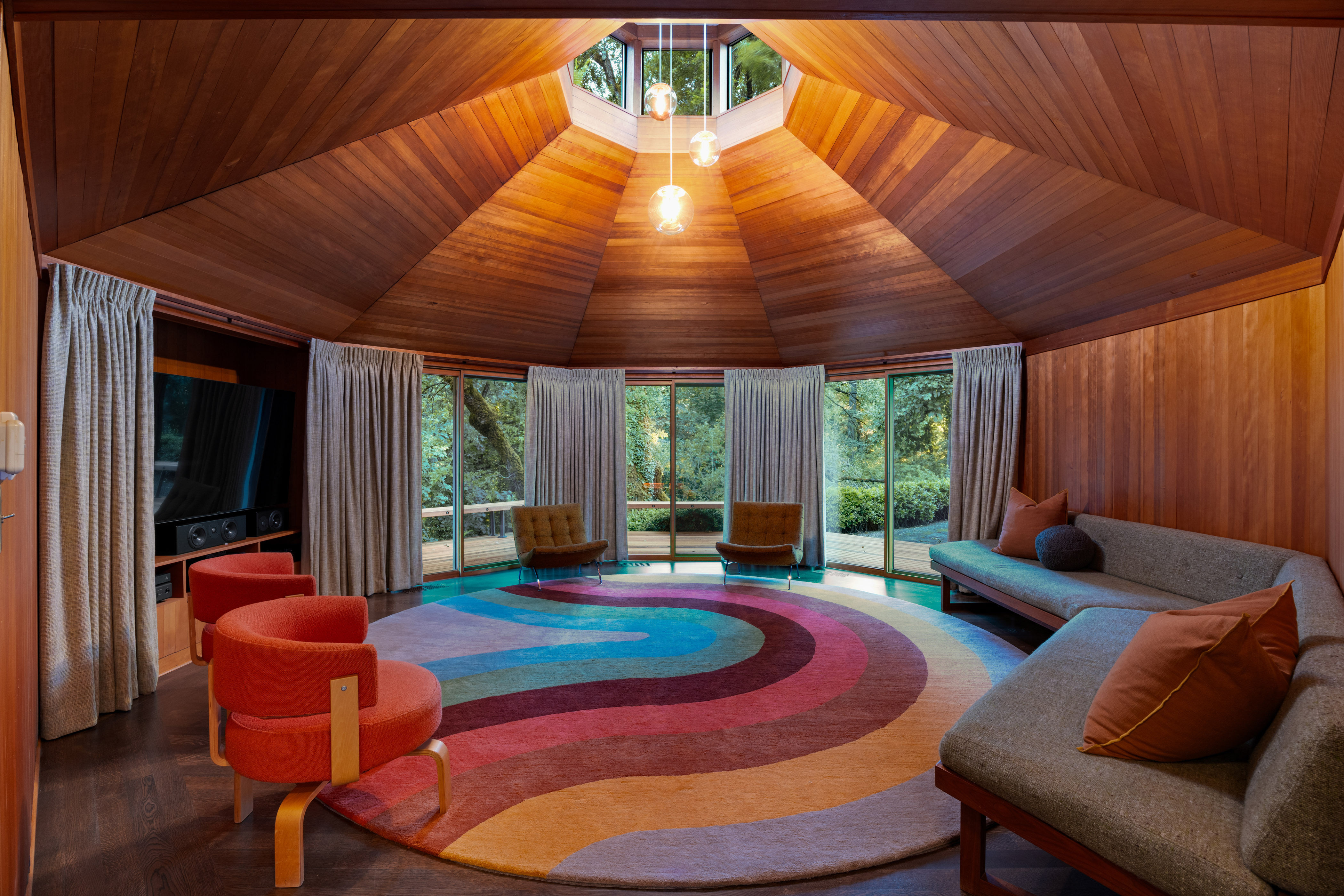An Insider Guide to Tokyo

Image: Sean Pavone / Shutterstock
The train trip from Narita International Airport into central Tokyo makes the perfect introduction to the Japanese capital’s cityscape. You’ll be deposited in one of its massive, labyrinthine train stations, which grow, intertwined, into the surrounding streets like a dendritic parasite. Teeming with people—Tokyo’s rail systems carry 37 million riders each day—the stations are at once marvels of civil engineering and specimens of (barely) ordered chaos.
Outside, Tokyo’s dense system of mostly narrow streets and alleys engulfs you, haphazardly alternating between tight grids and Londonesque warrens. As the city’s famed sensory assault begins—flashing electronic billboards that emit J-pop jingles, tiny shops and eateries packed in like puzzles, rumbling trains, aromas of ramen broth and yakitori, the occasional waft of fresh sewage—you begin to realize that Tokyo is the rare three-dimensional megalopolis. Very little premium is placed on main-street store frontage. That lovely bar, shop, or restaurant you’re seeking might very well reside in a high-rise’s basement or on its 15th floor, in a bustling megastructure or on a quiet residential side street. (They do exist!) The best of Tokyo is often hidden from view.
The intrepid explorer of this urban agglomeration will find food, drink, culture, history, and shopping second to none—but it takes some effort. The challenge pays off when you’re savoring the best bowl of ramen you’ve ever had—at 3 a.m.
BEHIND THE FLIGHT
Portland has had a direct link to Tokyo since June 2004, when Northwest Airlines revived Delta’s nonstop service to Narita (discontinued in 2001). With the merger of Northwest and Delta in 2008, the flight became Delta 623, a Boeing 767 sporting lie-flat seats in business class and a modern on-demand entertainment system at every seat to help kill time on the nearly 12-hour journey.
While the nonstop connection to Tokyo is great for tourists, it’s also serious business: the Port of Portland boasts that “the flights support $95 million annually in local business revenues, 1,248 jobs, and $38.8 million in wages.” Add to that an estimated $3.7 million in tax revenues, and you can see why Portland is eager to cultivate the service. The flight is also a crucial conduit to the rest of Asia. Narita, Delta’s Asia hub, offers connecting flights to Shanghai, Manila, Hong Kong, Bangkok, and Singapore.
IF YOU GO
Eat
The sheer volume of stellar ramen shops and izakayas in Tokyo is staggering, and choosing where to pull the trigger is a challenge. (When in doubt, look for a line.) Kaikaya by the Sea is a great starting point—a seafood restaurant by night, and a lunch joint serving katsu and other comfort food, with Western touches, by day.
For sushi, check out Sushi Iroha in Nakameguro, an up-and-coming neighborhood that recalls Portland, with hip watering holes and numerous boutiques. Perched on the Meguro River, Iroha is a family-run favorite of locals. Not far away is Afuri, your destination for that late-night ramen, with a crisp modern aesthetic that appeals to the Rose City sensibility.
For a break from the local cuisine, stop by Hatos Bar, where unbelievable Texas-style BBQ is infused with a subtle Japanese influence. Wash it down with a Japanese (or Portland!) craft beer. Tucked nearby is Kinfolk Lounge, popular with Japanese locals and expats alike and boasting an architectural treat: the bar is on the second floor of a wooden house that survived World War II.
Stay
As you’d expect from a metropolis of 35 million, there’s something for every taste and budget, from the Tokyo Park Hyatt (of Lost in Translation fame, from $650 a night) to the Shinjuku Kuyakusho-mae Capsule Hotel (from $29). If your means put you somewhere in between, try Tokyu Stay, a popular budget hotel (from $81) or the Shibuya Granbell (from $105). Claustrophobics, be warned: outside of the pricey international luxury chains, rooms are generally much smaller than what Americans are accustomed to.
The best bargain you’ll find in Tokyo is Airbnb. Though the service hasn’t quite caught on the way it has in Europe, there are plenty of quality listings (mostly run by professional hosts), with well-appointed studio apartments fetching $100/night or less.
Do
No self-styled Portland foodie should miss the Tsukiji Fish Market. A sight to behold, hundreds of fishmongers sell every sea creature imaginable (and some unimaginable) at the “inner” wholesale market, which is open to gawking tourists after 9 a.m. Then head to the “outer” retail market, where you’ll find row after row of seafood joints serving the freshest fish money can buy. Home cooks should also feast their eyes on Tokyo’s department stores. Places like Tokyu and Odakyu have magnificent food floors with gorgeous assortments of ingredients and prepared foods. Appropriately inspired, head up to Kappabashi Street, lined on both sides by restaurant supply stores, for great deals on knives and unique kitchen gadgets.

FROM LEFT: Tsukiji Fish Market; the Meguro river, in the Nakameguro neigbhorhood
GOOD TO KNOW
Flight Time: 11.5 hrs
Average Price: $1,115
Season: year-round
Aircraft: Boeing 767-300








